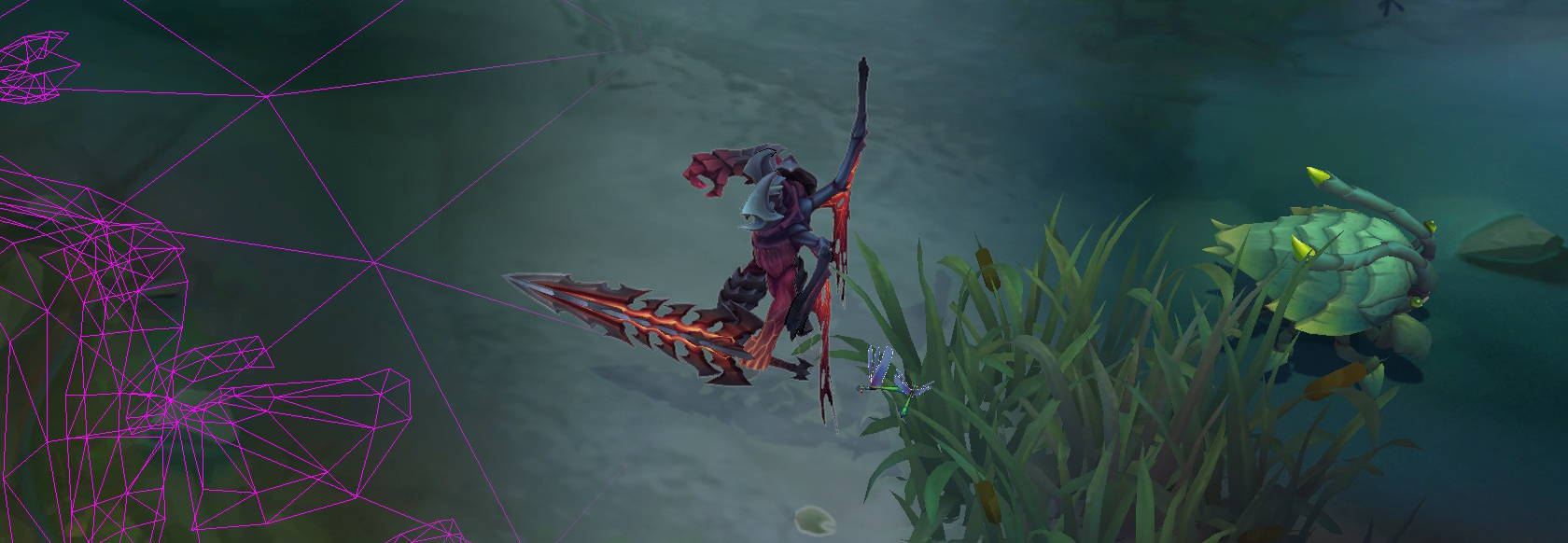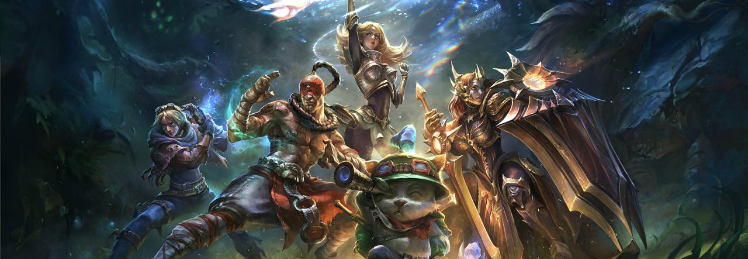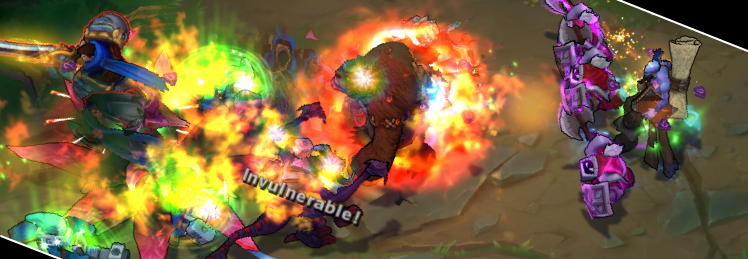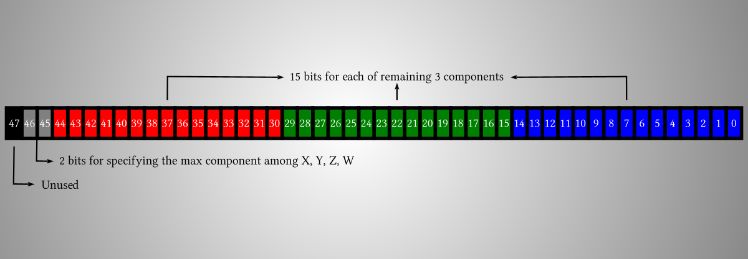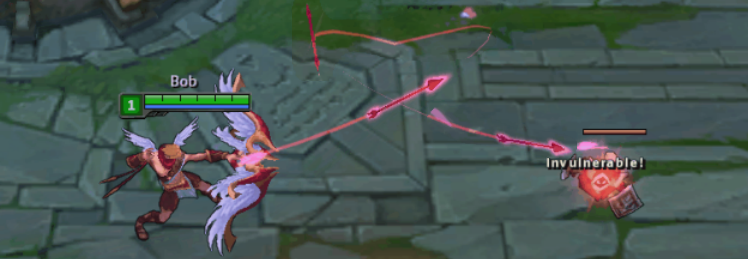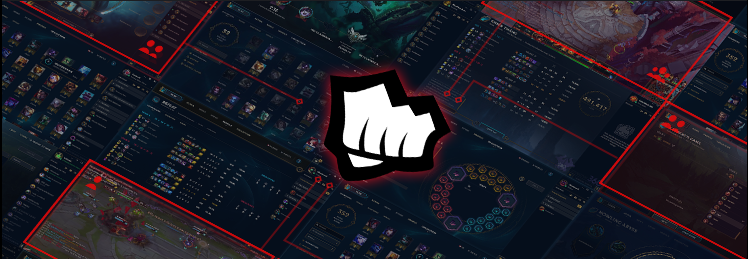
Riot Messaging Service
Hey there! My name is Michal 0xDEADB33F Ptaszek, and I’m a software architect at Riot. Today I would like to talk about communication. But not the kind of communication you’re probably thinking of. I want to talk about the other, more exciting kind of communication: LoL players communicating with chat servers during a tense game; authentication servers communicating with the LoL client on login; microservices that route state changes between clients in the middle of the night - you know, that kind of communication.

